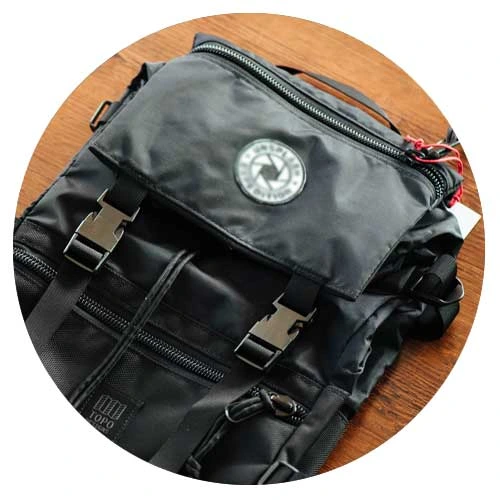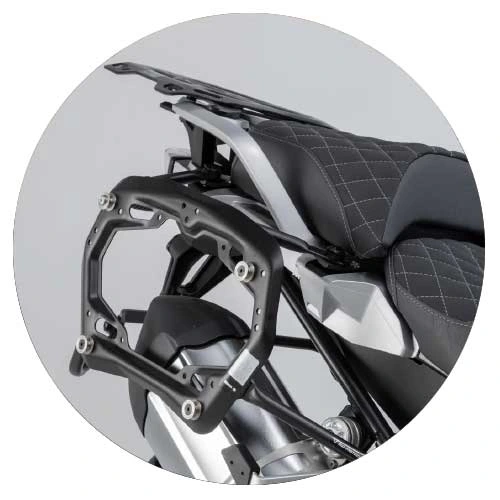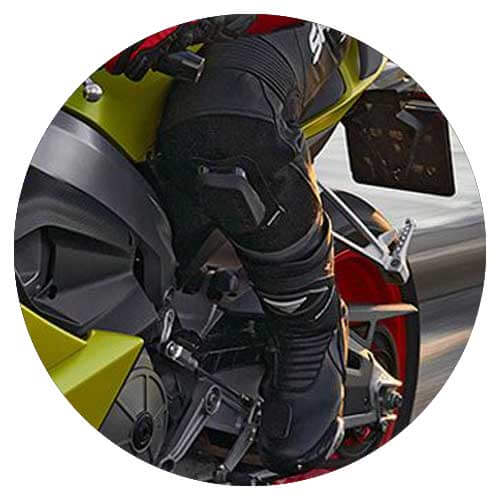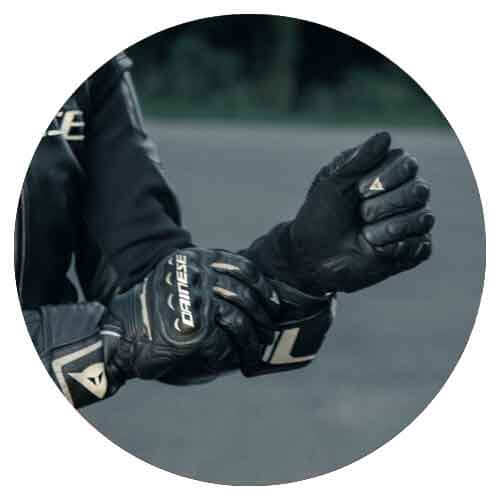Altitude significantly affects motorcycle performance, especially when riding across India’s vibrant landscapes—from the lush valleys of Uttarakhand to the dramatic heights of Ladakh. As you ascend into the mountains, you’ll likely feel the effects of higher altitudes on your bike’s performance. Thinner air at higher elevations reduces oxygen levels, which can impact engine power, fuel efficiency, and throttle response. Let’s explore how altitude impacts motorcycles and discuss practical ways to optimize your ride for Indian conditions, ensuring smooth performance in every terrain.
Understanding Altitude Impact: Why Thinner Air Matters
The Power Drain
When you ride at high altitudes, the air becomes thinner, meaning there’s less oxygen for your engine’s combustion. This can lead to a significant drop in power, particularly for carbureted motorcycles. It’s similar to trying to breathe while wearing a scarf over your face—your bike feels that same restriction.
Tuning Your Motorcycle for Altitude: Tips for Carbureted and Fuel-Injected Bikes
For Carbureted Bikes
- Adjust the Air-Fuel Mixture: Start enriching the mixture as you ascend. This helps compensate for the reduced oxygen. When you’re headed up mountainous roads in Himachal Pradesh, adjusting the mixture can keep your bike running smoothly.
- Re-Jet the Carburetor: If your ride takes you significantly into high-altitude areas like the Khardung La Pass, consider re-jetting your carburetor. Changing jet sizes ensures optimal performance and helps prevent your bike from bogging down.
- Check Spark Plugs Regularly: Old or fouled spark plugs can worsen performance issues. In the dusty conditions found on Indian highways, inspecting your plugs frequently can enhance combustion efficiency.
For Fuel-Injected Bikes
- Utilize Built-in Sensors: Most modern fuel-injected bikes automatically adjust the air-fuel mixture. But if you’re riding an older model, consider upgrading the ECU mapping to suit high altitudes.
- Opt for Premium Fuel: In areas like the Nilgiri Mountains, where you may encounter steep climbs, using premium fuel can support better combustion in thinner air, giving your bike a boost when it needs it most.
Preparation Strategies for High-Altitude Riding
Know Your Route
Planning is key! Research your ride beforehand. Familiarize yourself with elevation changes along routes like the ones leading to Ladakh or Sikkim. Being informed allows you to prepare your bike and mindset for the challenges ahead.
Roadside Remedies
If your bike feels underpowered during the ride, take a breather. Stopping for chai at a roadside dhaba not only allows you to reset but also gives your motorcycle a moment to cool off, recalibrating for better performance.
Carry Extra Tools and Supplies
Keep a basic toolkit handy, including necessary adjustments for your bike. Knowing how to tweak settings on the spot can make all the difference—especially when navigating the challenging terrain of places like the Western Ghats.
Embrace the Experience
While altitude can present challenges, don’t forget to enjoy the stunning views and rich culture around you. Riding through the Himalayas, with their breathtaking landscapes, is a once-in-a-lifetime experience—even if your bike needs some extra love to keep up.
Conclusion: Prepare and Conquer
Navigating high altitudes doesn’t have to become a frustrating endeavor. By understanding how altitude influences your motorcycle’s performance and applying these tuning tips, you can keep your bike in prime condition for the exciting rides India has to offer. So gear up, make those adjustments, and savor the stunning scenery—because every twist and turn presents its own adventure!
Whether you’re riding in normal conditions or tackling high-altitude adventures, an air filter is essential for keeping dust particles out, while radiator guards protect your radiator from damage. Luckily, we’ve got both covered—check them out today! Visit Website































